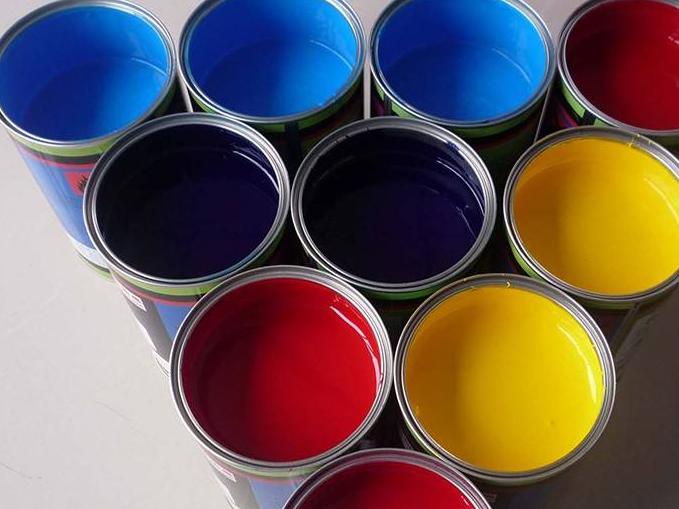What Are You Looking For?
Defoamers in inks and coatings: Boosting performance, leading sustainable innovation
Apr 18, 2025The role of defoamers in the inks and coatings industry is often underestimated, but these specialized additives are essential to ensure product quality, process efficiency, and end-user satisfaction. As manufacturers deal with a changing regulatory environment and consumer demand for environmentally friendly solutions, defoamers are gaining attention as problem solvers and innovation drivers. Here’s an in-depth analysis of their current impact and future developments.

The Silent Guardian of Quality
During the production and application of inks and coatings, trapped air bubbles can cause defects such as pinholes, pits, or surface unevenness, which can affect aesthetics and functionality. Defoamers—chemical agents designed to control foam formation—play a vital role in mitigating these problems. By destabilizing the foam structure, they ensure smooth application in processes such as high-speed printing, automotive painting, or architectural coating projects. Their importance goes beyond aesthetics: in industrial coatings, for example, a bubble-free surface can enhance corrosion resistance and durability.
Formulating effective defoamers, however, is not an easy task. Compatibility with different resin systems, stability at different pH levels, and tolerance to temperature fluctuations have always been challenges. Overdosing can lead to surface defects such as fisheyes, while underdosing can result in ineffective foam control. This balance drives continued R&D in this area.
Sustainability Takes Center Stage
With increasingly stringent environmental regulations, such as volatile organic compound (VOC) emission limits in the EU and North America, and growing demand for waterborne and bio-based coatings, traditional silicone or mineral oil-based defoamers are facing a severe test. Manufacturers are now prioritizing "green" alternatives that align with the principles of the circular economy. For example:
High-performance silicone-free defoamers are gaining traction, providing compatibility with waterborne systems without sacrificing foam control.
Bio-based defoamers, made from vegetable oils or modified natural polymers, are becoming a niche solution for environmentally conscious brands.
According to a 2023 report from Grand View Research, the global defoamer market is expected to grow at a compound annual growth rate of 4.1% through 2030, driven by sustainability directives and expansion in the packaging and construction industries.
Next Generation Innovation: Beyond Bubble Control
The future of defoamers lies in versatility and precision. Key trends include:
1. Nano-engineered defoamers: Using nanotechnology to improve dispersion efficiency and reduce additive dosage, minimizing the impact on coating clarity or mechanical properties.
2. Smart defoamers: Responsive agents that activate only under specific conditions (such as during high shear mixing), ensuring optimal performance and avoiding overuse.
3. Digital formulation tools: AI-driven platforms that predict the interaction of defoamers with other additives, thereby accelerating product development cycles.
Collaboration is a catalyst
Industry leaders emphasize cross-sector collaboration to address complex challenges. Raw material suppliers, coatings manufacturers and academic institutions are working together to develop customized solutions, such as defoamers for UV-curable inks or low-VOC architectural coatings, to meet performance and sustainability benchmarks.
Defoamers are evolving from mere additives to drivers of innovation in the ink and coatings industry. With the growing demand for sustainability and efficiency, their role will go beyond foam suppression and become an integral component of next-generation formulations. For manufacturers, staying ahead requires the use of cutting-edge chemistry, data-driven formulation strategies, and a commitment to developing more environmentally friendly alternatives.